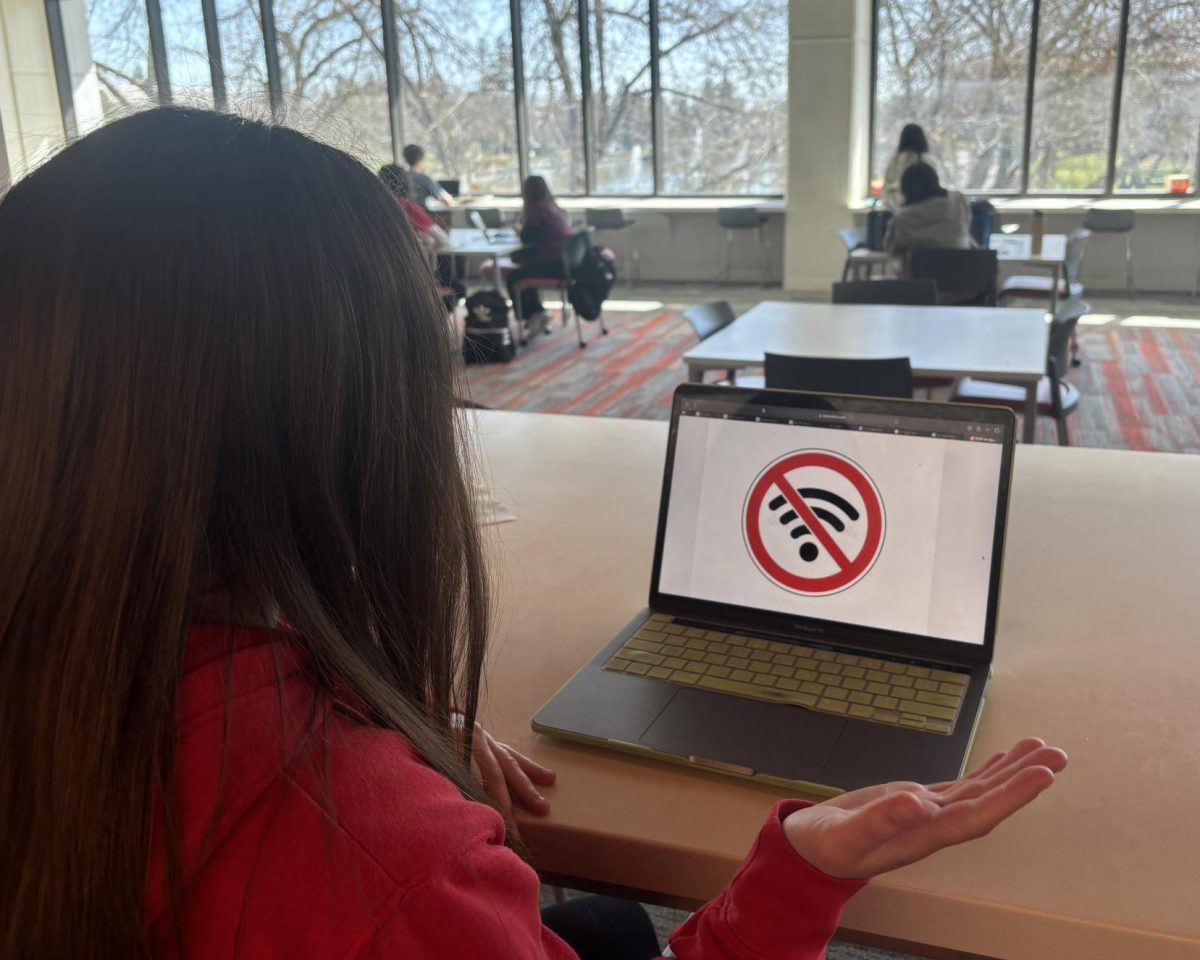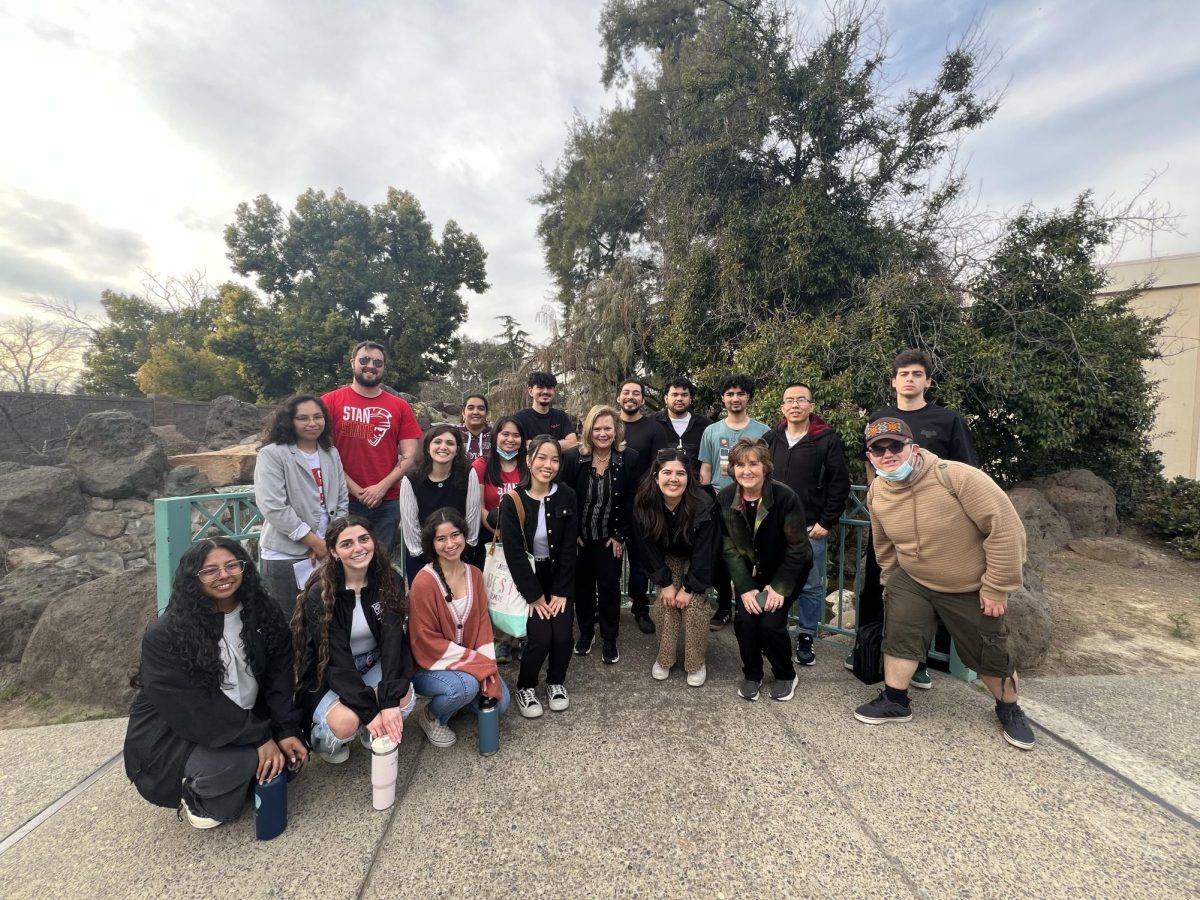Very few people would dispute the idea that college is expensive with tuition, campus fees, textbooks, access codes and on-campus housing or the price of gas if you commute. There’s also the opportunity cost: time spent in class is time spent not working towards a paycheck at the end of the month – a tough sacrifice for many families to make.
All of these things add up over the years to a pricey college degree that is becoming more and more necessary to our state economy and to students trying to move up in the world.
In an October 2015 report, the highly respected nonpartisan Public Policy Institute of California (PPIC) predicted that “the state will fall about 1.1 million college graduates short of economic demand if current trends persist… Even the arrival of highly educated workers from elsewhere is unlikely to be large enough to fill this gap.”
If you’ve ever taken a basic economics course, you’re probably familiar with the concept of supply and demand. Despite the cost, students’ demand for a college education exceeds what can be supplied by the California State University (CSU); this leads to bottleneck courses where students line up in the hallways during the first week of the semester, trying to get a seat in that one general education class that’s holding them back from graduating.
This same concept is just as easily applied to the state’s economy. By 2030, according to the PPIC, California will have a higher demand for college graduates than can be supplied by our university systems. It’s a back and forth that’s hard to beat. Too few open seats in the classroom now, too many open seats in the office later.
A Sacramento Bee article lists “the unwillingness of the state’s politicians to make closing the gap a priority” and “the rather lackadaisical job that the K-12 school system is doing to prepare their students for the demands of the economy” as reasons why our state university systems’ output is looming 1.1 million graduates short.
The PPIC proposes a four-pronged approach to confronting what they call the workforce skills gap: increase access, improve completion and time to degree, expand transfer degrees, and transform financial aid to cover education costs other than tuition. What do all of these proposed initiatives have in common? You guessed it: a need for increased funding.
According to a different PPIC report from 2011, “There are no mandates or requirements that the state provide funding for its public universities… higher education is seen as a budget area that, unlike other government services, has the ability to compensate for cuts in state expenditures. A common and not incorrect assumption is that public colleges and universities have sources of funds, particularly students and the tuitions they pay.”
In 2011, in the midst of the Great Recession, the CSU’s state funding was cut by 33 percent. In response, tuition was raised by 16 percent to make up for the nearly $1 billion loss in funding. Since then, the CSU has made small but important strides in regaining its original level of funding but continues to operate with a budget that struggles to fulfill its main tenets of access, affordability, quality and completion.
The CSU Board of Trustees approved a support budget request of $297.6 million on Nov. 18th, which Governor Brown will take into consideration before he submits his proposed budget for 2016-17 to the Legislature in January. Supporters of the CSU will have until May to convince legislators of the importance of prioritizing the CSU in the state budget, which will be finalized and adopted in June 2016.
Categories:
1.1 million college graduates needed
Maggie White
•
November 30, 2015
0
Donate to Signal
Your donation will support the student journalists of California State University, Stanislaus. Your contribution will allow us to purchase equipment and cover our annual website hosting costs.
More to Discover







